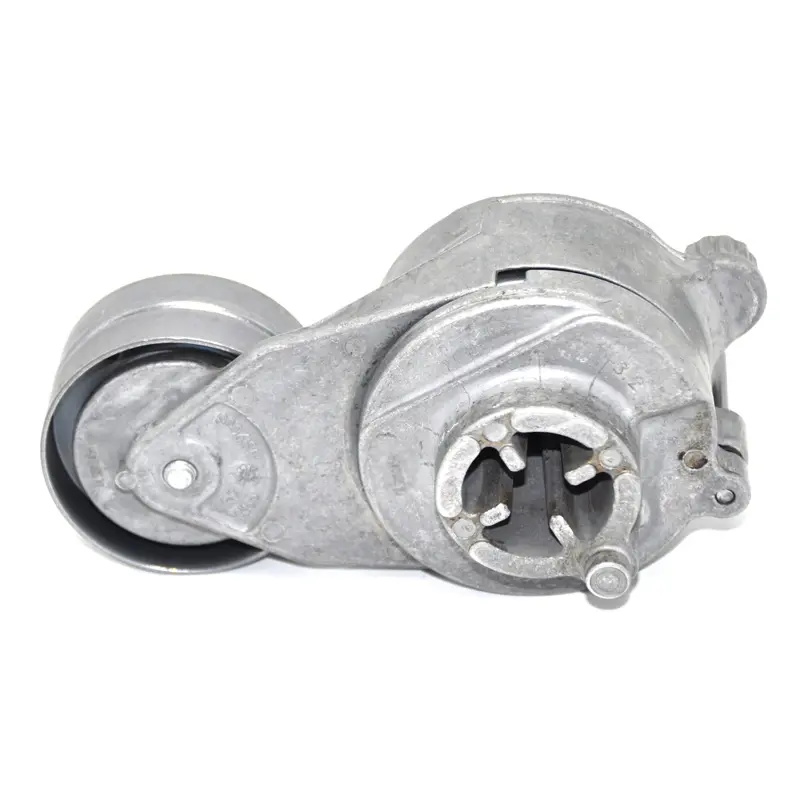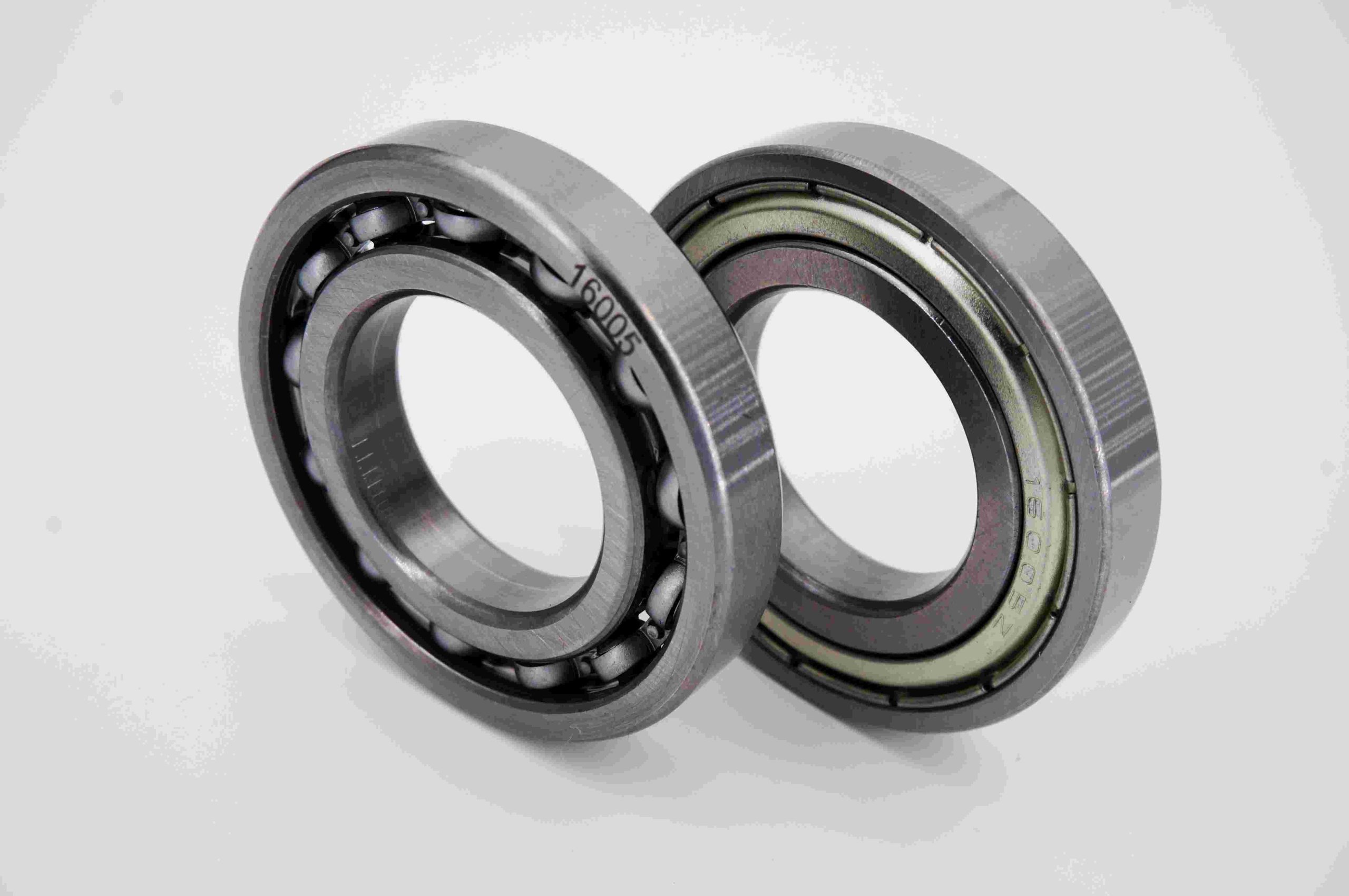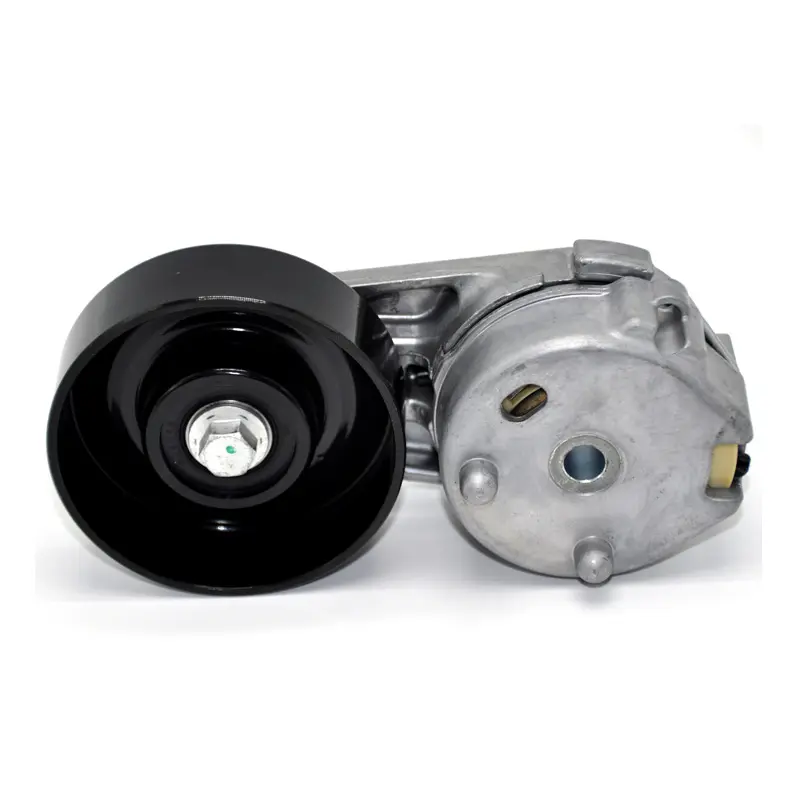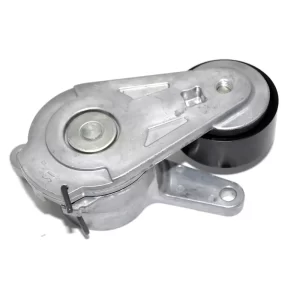In the world of industrial machinery and automotive applications, the components that keep systems running smoothly are often overlooked. One such crucial component is the idler tensioner pulley, especially the heavy-duty variant. These pulleys play an indispensable role in ensuring that belt-driven systems operate efficiently and reliably, which is vital for the longevity and performance of the machinery they serve. In this article, we will explore the top five benefits of using a heavy-duty idler tensioner pulley and why it should be considered an essential upgrade for anyone looking to enhance their equipment’s performance.
1. Enhanced Durability and Longevity
One of the most significant advantages of using a heavy duty idler tensioner pulley is its enhanced durability and longevity. These pulleys are specifically designed to withstand the rigorous demands of industrial and heavy-duty applications. Unlike standard pulleys, which may wear out quickly under constant stress, heavy-duty pulleys are constructed from high-quality materials, such as reinforced steel or high-grade aluminum alloys, that can endure extreme conditions.
The superior construction of these pulleys means they are less prone to issues such as warping, cracking, or premature wear, which are common in lighter-duty alternatives. This durability translates to a longer lifespan for the pulley itself, reducing the frequency of replacements and maintenance, which in turn lowers the overall cost of ownership. For industries that rely heavily on continuous operation, such as manufacturing or transportation, the extended life of a heavy-duty idler tensioner pulley can result in significant cost savings and reduced downtime.
2. Improved Belt Tension and Alignment
Maintaining proper belt tension and alignment is critical for the efficient operation of belt-driven systems. A heavy-duty idler tensioner pulley excels in this area by providing consistent and precise tension control, which helps prevent slippage, misalignment, and excessive wear on the belt. This is particularly important in high-stress environments where belts are subjected to heavy loads and continuous operation.
The improved tension control offered by heavy-duty pulleys ensures that the belt remains taut and aligned, which reduces the risk of belt-related issues such as overheating, fraying, or breaking. Additionally, proper alignment minimizes the strain on other components in the system, such as bearings and shafts, which can prolong their lifespan and reduce the likelihood of mechanical failures.
In many cases, the use of a heavy-duty idler tensioner pulley can also lead to improved energy efficiency. By maintaining optimal belt tension and alignment, the system requires less energy to operate, which can result in lower power consumption and reduced operational costs. This benefit is especially valuable in large-scale industrial operations where energy efficiency is a key concern.
3. Increased Load Capacity
Another significant benefit of heavy duty idler tensioner pulleys is their increased load capacity. In many applications, standard pulleys may struggle to handle the high loads associated with heavy machinery, leading to increased wear and a higher likelihood of failure. Heavy-duty pulleys, on the other hand, are designed to accommodate much higher loads without compromising performance.
The increased load capacity of these pulleys makes them ideal for use in applications where heavy or fluctuating loads are common, such as in construction equipment, agricultural machinery, and large-scale manufacturing. By using a pulley that can handle greater loads, you can ensure that your equipment operates reliably even under the most demanding conditions.
In addition to handling higher loads, heavy-duty idler tensioner pulleys also contribute to smoother operation under load. Their robust construction and precise engineering allow them to distribute the load more evenly across the system, reducing the risk of stress concentrations that can lead to component failures. This not only enhances the reliability of the system but also helps to prevent costly breakdowns and repairs.
4. Reduced Maintenance Requirements
Maintenance is a necessary aspect of keeping any mechanical system in good working order, but excessive maintenance can lead to increased downtime and higher operational costs. Heavy-duty idler tensioner pulleys are designed to minimize the need for frequent maintenance, thanks to their superior durability and performance characteristics.
One of the ways in which these pulleys reduce maintenance requirements is by minimizing wear on the belt and other components in the system. As mentioned earlier, the improved tension and alignment provided by heavy-duty pulleys help to reduce belt wear, which means that belts need to be replaced less frequently. Additionally, the robust construction of heavy-duty pulleys means that they are less likely to suffer from issues such as bearing failure or pulley misalignment, which are common causes of downtime in belt-driven systems.
Furthermore, many heavy duty idler tensioner pulleys are designed with maintenance in mind, featuring sealed bearings or self-lubricating components that reduce the need for regular lubrication and inspection. This design consideration not only reduces the time and effort required to maintain the pulley but also helps to ensure that the system operates reliably between maintenance intervals.
By reducing the need for frequent maintenance and the associated downtime, heavy-duty idler tensioner pulleys can contribute to higher overall system availability and productivity, which is particularly important in industries where downtime can result in significant financial losses.
5. Versatility and Adaptability
Heavy duty idler tensioner pulleys are incredibly versatile and adaptable, making them suitable for a wide range of applications across various industries. Whether you’re working with automotive systems, industrial machinery, or agricultural equipment, a heavy-duty pulley can be customized to meet the specific requirements of your application.
These pulleys come in a variety of sizes, materials, and configurations, allowing them to be tailored to the unique demands of different systems. For example, some heavy-duty pulleys are designed with additional features such as vibration dampening or corrosion resistance, making them suitable for use in harsh environments where standard pulleys might fail.
The adaptability of heavy-duty idler tensioner pulleys also extends to their compatibility with different types of belts, including V-belts, serpentine belts, and timing belts. This versatility means that you can use a heavy-duty pulley in almost any belt-driven system, regardless of the specific belt type or application.
In addition to their physical adaptability, heavy-duty pulleys are often designed with ease of installation and adjustment in mind. Many models feature adjustable tensioning mechanisms or quick-release designs that allow for fast and straightforward installation, reducing the time and effort required to integrate the pulley into your system.
This versatility and adaptability make heavy-duty idler tensioner pulleys an excellent choice for a wide range of applications, ensuring that you can find a pulley that meets your specific needs while providing the durability and performance benefits that come with heavy-duty construction.
Conclusion
In summary, the benefits of using a heavy-duty idler tensioner pulley are clear. These pulleys offer enhanced durability and longevity, improved belt tension and alignment, increased load capacity, reduced maintenance requirements, and exceptional versatility and adaptability. For anyone looking to optimize the performance and reliability of their belt-driven systems, upgrading to a heavy-duty idler tensioner pulley is a smart investment that can lead to significant long-term benefits.
Whether you’re operating heavy machinery in an industrial setting or maintaining a fleet of vehicles, the advantages of a heavy-duty pulley can translate to increased efficiency, reduced downtime, and lower overall costs. By choosing a heavy-duty idler tensioner pulley, you’re not just investing in a component; you’re investing in the long-term success and reliability of your entire system.




